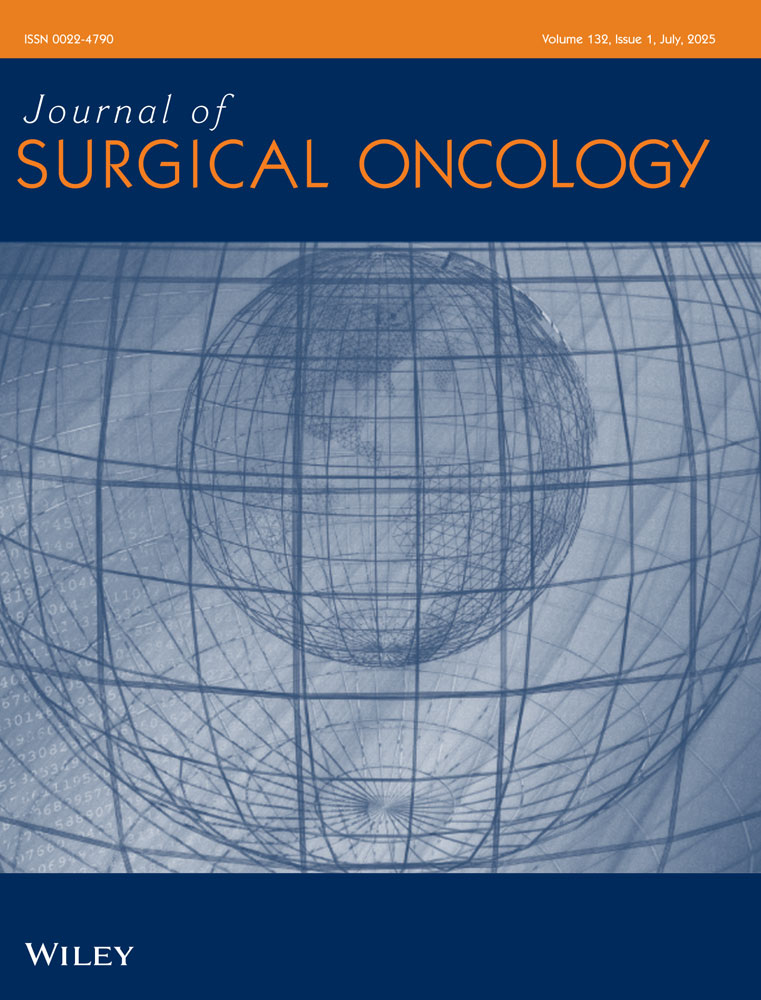Skip Lesions in Chondrosarcoma: Is Whole Bone Imaging Necessary?
ABSTRACT
Background
Skip lesions in bone sarcoma are a poorly described entity. Reports on skip lesions in osteosarcoma and Ewing sarcoma suggest that whole bone MRI should be obtained to evaluate for additional tumor foci given the association with worse outcomes. However, there is limited evidence to support whole bone imaging in chondrosarcoma.
Methods
Between 1995 and 2022, 129 patients with long bone chondrosarcoma were evaluated at our institution. Lesions were located most commonly in the femur in 64 patients and the humerus in 54 patients. All imaging studies and pathology reports were reviewed to determine the presence of skip lesions, defined as an area of histology-confirmed chondrosarcoma that was separated from the primary lesion by normal bone on pathology.
Results
Whole bone imaging was obtained during initial staging in 107 patients with two-thirds of patients receiving MRI, CT, or bone scan. Five patients (3.9%) were found to have skip lesions in the same bone as the primary tumor. There were no transarticular skip lesions. Skip lesions were detected in three patients with low grade chondrosarcoma (4.6%) and two patients with high grade chondrosarcoma (3.2%). All lesions were within 2 cm of the primary tumor. All were visible on MRI and CT of the primary site and one was visible on plain radiographs. The presence of skip lesions did not alter the type of surgical treatment in any patients.
Conclusion
Skip lesions in long bone chondrosarcoma are rare. All skip lesions in this study were in close proximity to the primary tumor and the same grade as the main lesion. Our results suggest that advanced imaging of the whole bone may be of low utility for evaluating the presence of skip lesions. The clinical significance of skip lesions in chondrosarcoma remains unclear, however, their presence did not impact the treatment plan in this series.
Conflicts of Interest
The authors declare no conflicts of interest.
Open Research
Data Availability Statement
The data that support the findings of this study are available from the corresponding author upon reasonable request.




